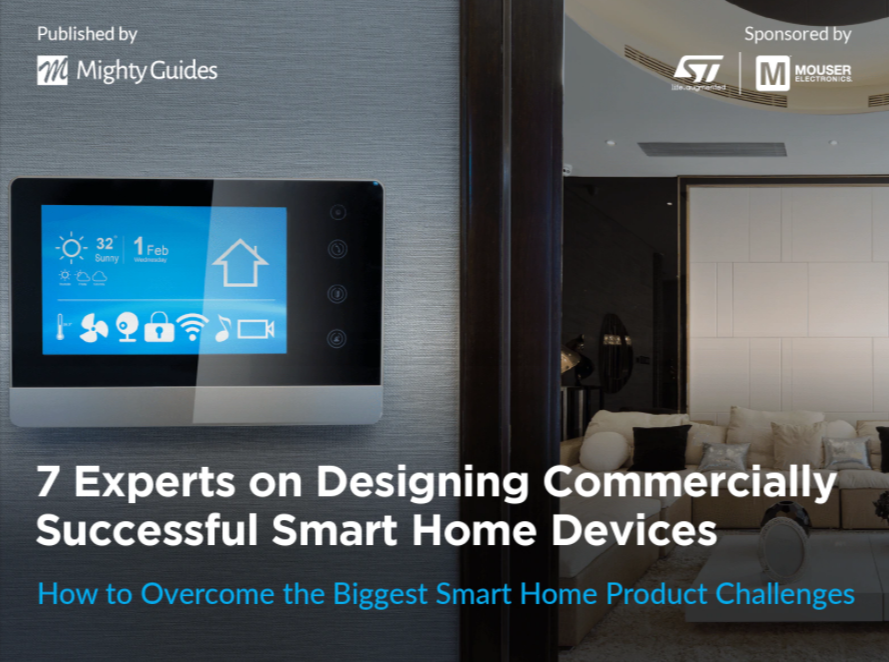
David Barker, Director, Product Management SaaS Security, PTC
- Designing a successful smart building product requires striking the right balance: The design must have the longevity it needs to justify a product development investment but not last so long that it is no longer cost effective to maintain.
- Designing a device for service longevity means future proofing the device with extra processing and sensor capabilities while creating a secure design that gives it no more power, memory, or storage capacity than it needs to get its job done.
“When it comes to choosing processors, there are benefits to taking the road most traveled.”
For David Barker, director of Product Management and Saas Security at PTC, one of the greatest challenges in designing a smart building product is striking the right balance: The design must have the longevity it needs to justify a product development investment but not last so long that it is no longer cost-effective to maintain. This balance involves many tradeoffs in decisions related to component selection, sensor selection, and even approaches to device security.
For example, when selecting a processor for their device, designers must choose one capable of supporting the data and processing loads required of that device. But there are other things to consider. If a silicon manufacturer rolls out a new microprocessor that has all the desired functionality plus some exciting new innovations, there’s a risk in being an early adopter of that innovative technology. If the device is going into a building that requires a long life cycle, taking that risk may not be the right decision. “You have to ask yourself what it would cost you to deploy a thousand of those things, and then have to go replace them all,” says Barker.
“When it comes to choosing processors, there are benefits to taking the road most traveled,” Barker says. “You’re going to get the best overall support. You’ve got a mature component. A mainstream processor will have a whole ecosystem built around it. You can get to market faster by using open source code and modules that others have built because you won’t have to build everything from scratch.” The tradeoff is that you may not be able to take advantage of the most cutting-edge technologies present in innovative new components, such as lower power consumption or more horsepower in the device, for less money. Barker notes, “For a manufacturer, it means having something that’s proven and stable versus something that’s perhaps edgier and cooler.”



